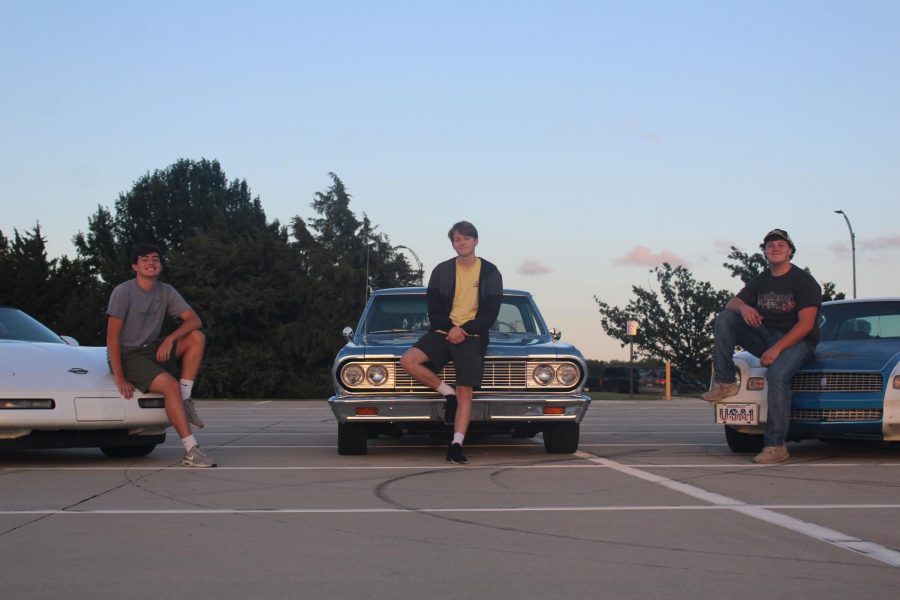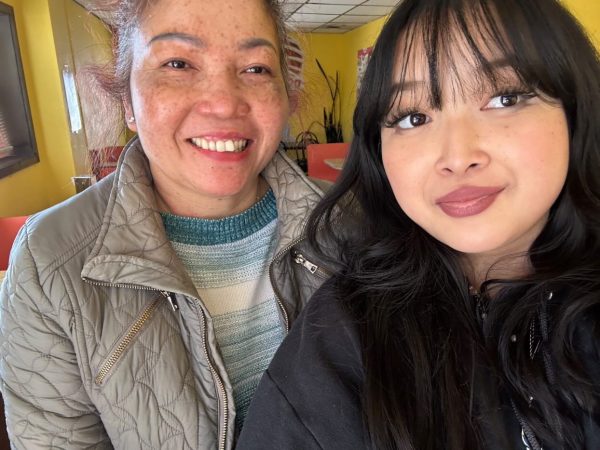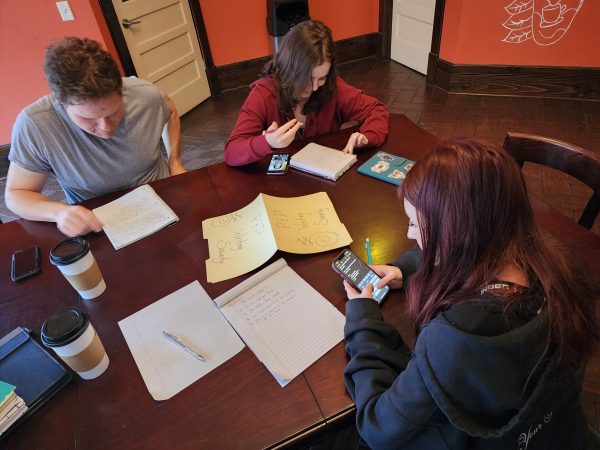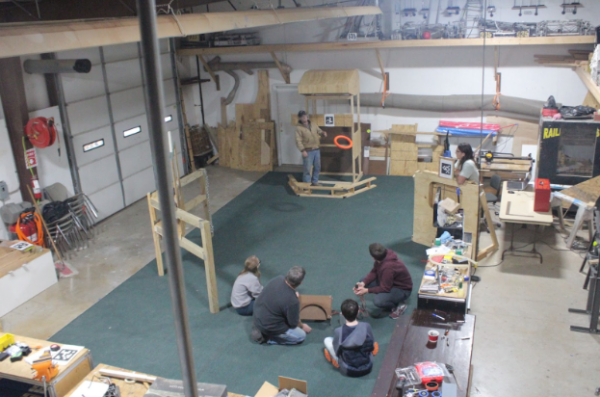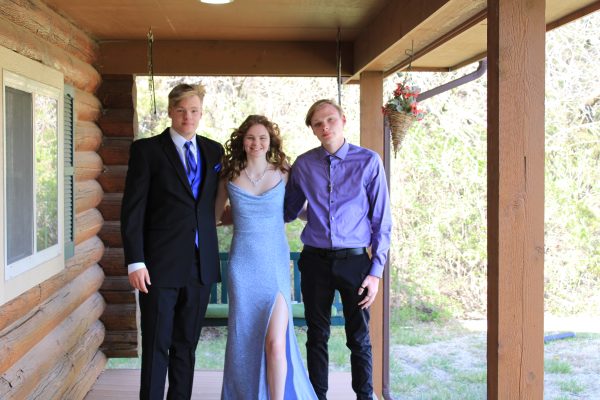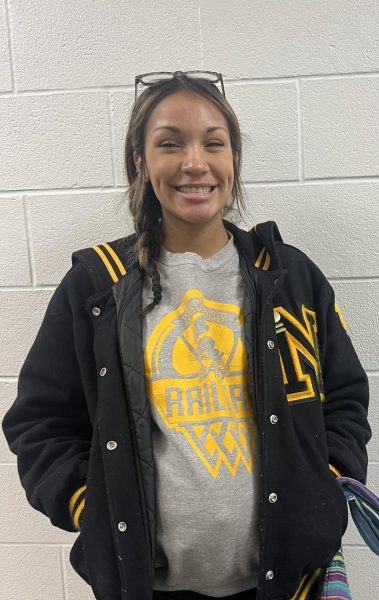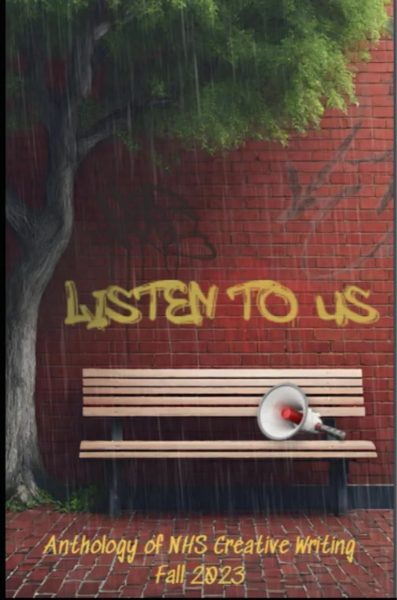It’s a Classic
Students invest time, money to restore vintage vehicles for personal use
For most coming-of-age teens, purchasing a car is one of the first steps to adulthood; finally getting a grasp at driving by themselves, instead of driving in a mini-van with a parent yelling in their ears. Instead of purchasing a new or contemporary used vehicle, three students have invested their time and money into classic cars.
With the incline of auto auction prices, vintage cars can be expensive to maintain, let alone run. According to auto teacher Bob Ziegler, people will spend around $4,000-5,000 to even get a classic car into running condition. This can affect students unwilling or unable to invest that amount of money into their car, which according to Ziegler is why not many teens purchase older vehicles.
“Expensive to maintain, expensive to look good. Even going to buy a vintage car the auto auctions have driven the prices up so people can’t afford them,” Ziegler said.
With the help of his parents, senior Nick Koehn purchased his 1981 Chevy Camaro from an offer online, originating in Newton. Since then, Koehn has restored the Camaro into running condition by replacing everything from the engine and transmission to the interior seats and carpets. After all the work put into the car, Koehn believes that owning a classic car isn’t for the average person.
“It’s different. It isn’t for everybody. You don’t have AC or any of the fancy stuff,” Koehn said.
Along with Koehn, senior Chase Cassil had assistance from his parents in buying his 1964 El Camino. Having it shipped from Indiana, Cassil has worked on the interior mechanics with his father since his freshman year. To this day, Cassil drives it regularly, which has garnered both positive and negative reactions from outsiders.
“I get a lot of compliments from people, but sometimes they think it can be too much. I’ve had older people get really mad at me because they ask if I drive it every day and they’re like ‘oh you shouldn’t do that, you don’t respect it’ and all this stuff,” Cassil said.
Although Cassil drives his vehicle regularly, once he leaves for college next fall, that will change.
“Part of the negotiation with my dad was I put in this amount of money and get to drive it for four years, and then him paying for the rest of it will be his car after I graduate, and get my investment back for a new car,” Cassil said.
According to Cassil, classic cars “never want to be looked at dirty”, which can be a disadvantage to owning a vintage car. Ziegler expands on the idea, stating it is not only for appearances.
“They get cleaned a lot more often than people will do their other cars because it is a classic. Especially if it looks good you want to keep it looking good. [They] tend to rust more or not keeping it clean will allow the rust and dirt to elevate faster,” Ziegler said.
While both Cassil and Koehn have totally restored their cars, sophomore David Pomeroy has taken a different approach. Shipping his 1993 Corvette to Newton in perfect shape has given him an advantage to not do any mechanical work, but when the time comes, he feels because of the age of his car, it may be harder to work on.
“It’s older, so some of the parts they may not make any more, so it’s difficult to work on. There are only certain places that will work on them,” Pomeroy said.
No matter the disadvantages, Ziegler feels that owning a vintage car as a teen can also serve an investment, as well as a way to stand out on the road.
“You look good, but it is an investment,” Ziegler said. “Will you always get out what you put into it? No. But for me, that car I restored, I look at it like ‘I did that’.”

This is Faye's third year on staff and serves as the Editor-in-Chief. Faye is President of the Newton FFA Chapter officer team, as well as multiple 4-H...

